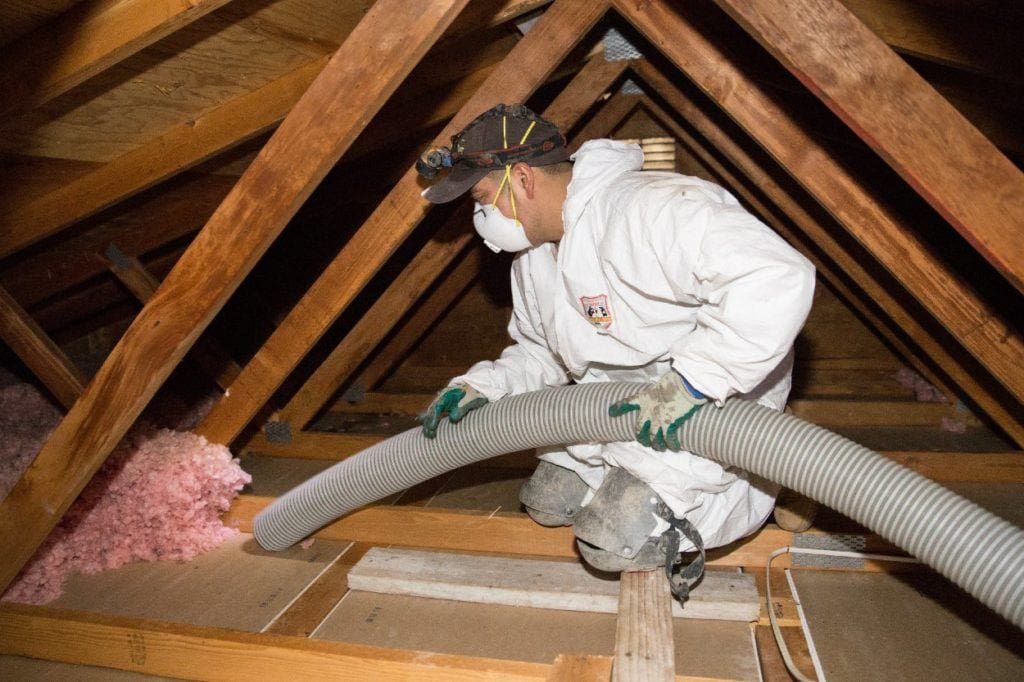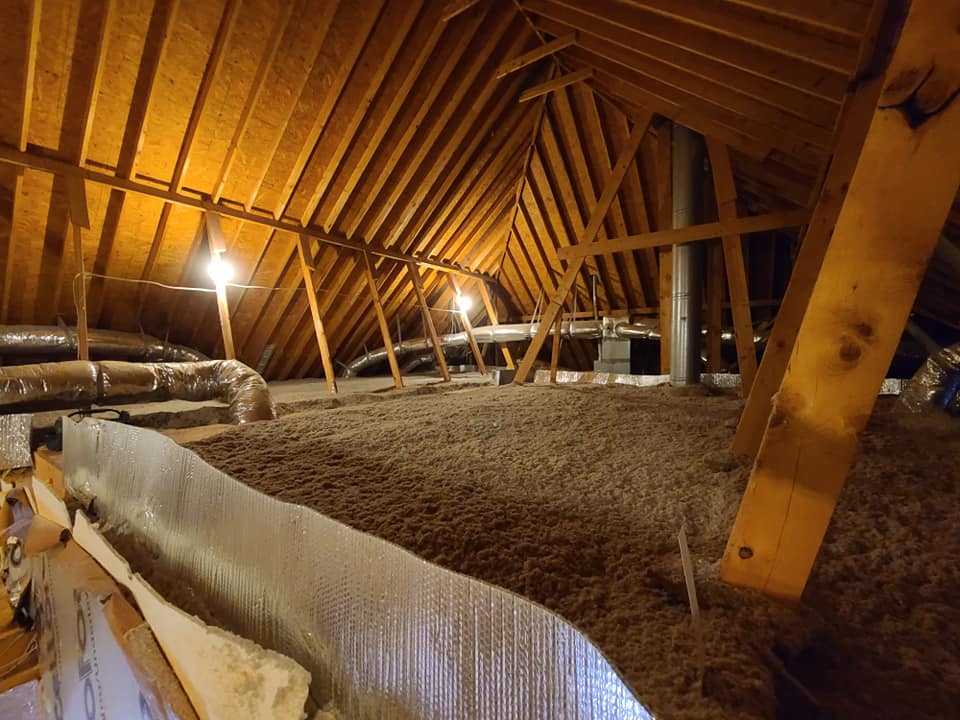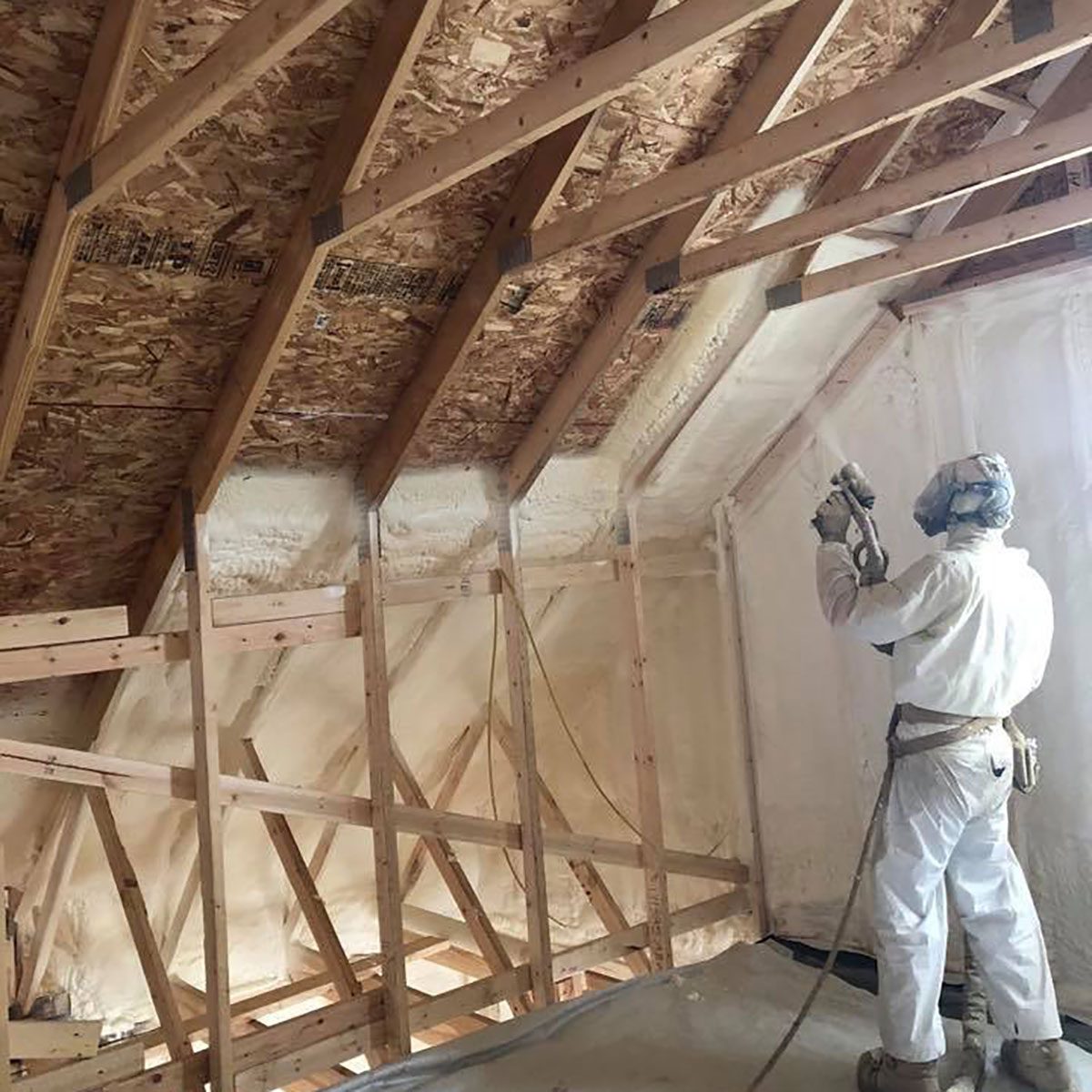Attic Insulation DFW: Boost Your Home's Value and Efficiency
Wiki Article
Discover the Various Types of Attic Insulation and Their One-of-a-kind Benefits for Your Home's Energy Effectiveness

Fiberglass Insulation
Fiberglass insulation is one of the most typically used products for attic room insulation due to its exceptional thermal efficiency and cost-effectiveness. Made up of little glass fibers, this product properly traps air, producing a protecting obstacle that aids maintain constant interior temperatures. Its high R-value per inch makes it especially efficient at withstanding heat transfer, which is important for energy preservation in homes.
Installation of fiberglass insulation is fairly uncomplicated, typically available in batts or loose-fill forms, accommodating numerous attic configurations. Additionally, it is non-combustible and immune to moisture, reducing the threat of mold advancement. This longevity adds to its longevity, making fiberglass a practical long-lasting financial investment for house owners.
Moreover, fiberglass insulation is typically produced from recycled products, which improves its eco-friendliness. The material can likewise add to soundproofing, decreasing noise transfer between rooms. While it is important to use protective gear throughout installment to avoid inflammation from the fibers, the general benefits of fiberglass insulation, including power cost savings and environmental considerations, make it a popular option for enhancing attic efficiency and promoting a comfortable living atmosphere.
Spray Foam Insulation
Spray foam insulation is a very effective alternative for attic room insulation, recognized for its premium air sealing and thermal performance. This cutting-edge insulation material is composed of a blend of isocyanate and polyol resin, which, when combined, increases quickly to load gaps and tooth cavities in the attic room. Its capability to abide by various surface areas ensures a continuous obstacle against air leaks, substantially reducing warmth loss during colder months and warm gain throughout warmer periods.Among the crucial advantages of spray foam insulation is its high R-value per inch, which indicates it gives superb thermal resistance in a relatively slim application. This is especially helpful in attics where room is often minimal. Additionally, spray foam can aid lessen moisture build-up, lowering the danger of mold and mildew development, which can be destructive to both the framework and indoor air high quality.
While the first cost of spray foam insulation may be more than typical choices, its long-term power savings, paired with boosted comfort and enhanced home worth, make it a worthwhile financial investment for house owners seeking enhanced energy efficiency. Attic Insulation DFW. Overall, spray foam insulation attracts attention as an efficient solution for optimizing attic insulation
Cellulose Insulation

Cellulose insulation is a prominent option for attic insulation, primarily made up of recycled paper products treated with fire retardants. This ecologically friendly alternative is recognized for its exceptional thermal performance, efficiently reducing warm transfer in both summer season and cold weather. The thick composition of cellulose permits it to fill up gaps and gaps in attic areas, offering a seamless obstacle against air leaks.
Among the substantial benefits of cellulose insulation is its capacity to resist mold and parasites, owing to the fire retardant therapies used during production. In addition, it boasts a high R-value per inch, which equates right into premium energy performance. Home owners can expect reduced heating & cooling expenses as a result of enhanced insulation.
Installment is commonly achieved via blowing loose cellulose into the wanted area, permitting for a efficient and quick process. check over here This approach also minimizes interruption to the existing framework. Furthermore, cellulose insulation has a relatively low ecological influence, as its production process utilizes recycled materials, adding to sustainable structure methods.
Rock Wool Insulation
Amongst the different choices for attic room insulation, rock woollen, also called mineral woollen, stands out as a result of its remarkable thermal and acoustic performance. Made from natural or recycled materials, rock woollen is developed by thawing rock and rotating it right into fibers, leading to a product that uses superb insulation residential or commercial properties.Among the considerable advantages of rock wool insulation is its high R-value, which suggests its effectiveness in withstanding warm flow. This characteristic not only enhances power effectiveness yet likewise adds to keeping a comfy interior temperature year-round. In addition, rock wool is inherently fire-resistant, making it a more secure alternative for homes as it can hold up against heats without melting or launching poisonous fumes.
In addition, rock wool insulation stands out in soundproofing abilities, efficiently decreasing sound transmission in between rooms and from outdoors resources. This makes it an excellent selection for homeowners looking for a calm living setting. Rock wool is moisture-resistant, assisting to prevent mold development and preserving the architectural stability of the attic space. On the whole, rock wool insulation gives a thorough solution for enhancing power efficiency, safety and security, and convenience in residential setups.
Radiant Obstacle Insulation
Glowing barrier insulation works important source as an effective solution for decreasing heat transfer in attics, specifically in warmer environments. This kind of insulation jobs by reflecting convected heat far from living rooms, consequently minimizing the quantity of warm that goes into a home throughout warm weather - Attic Insulation DFW. Generally made up of a very reflective product, such as light weight aluminum foil, radiant barriers are set up in attic rooms, encountering the roofing, where they can obstruct inbound heat from the sunThe main advantage of glowing obstacle insulation is its capacity to lower air conditioning expenses. By showing heat instead of absorbing it, glowing barriers can assist maintain a much more steady interior temperature, minimizing the work on air conditioning systems. This efficiency translates into reduced power expenses and raised convenience for home owners.
Along with power financial savings, glowing obstacles can also add to enhanced interior air high quality. By reducing warmth buildup, they assist lessen moisture levels, which can prevent mold development and boost total air blood circulation. When mounted correctly, radiant barrier insulation can be an important addition to any energy-efficient home, making it a deserving consideration for house owners seeking to improve their attic insulation technique.
Conclusion
In final thought, understanding the numerous types of attic room insulation-- fiberglass, spray foam, cellulose, rock wool, and glowing barriers-- enables home owners to make enlightened decisions pertaining to energy efficiency. By picking the ideal insulation product, significant decreases in power expenses can be accomplished, along with improvements in indoor comfort.

In browse this site final thought, recognizing the various kinds of attic room insulation-- fiberglass, spray foam, cellulose, rock woollen, and glowing obstacles-- makes it possible for homeowners to make educated decisions relating to energy efficiency.
Report this wiki page